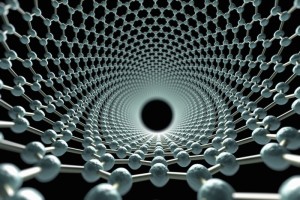 With the goal of bringing together experts from the fields of medicine, engineering, science, and technology, the Australian Institute of Nanoscale Science and Technology officially opens its doors today at the University of Sydney.
With the goal of bringing together experts from the fields of medicine, engineering, science, and technology, the Australian Institute of Nanoscale Science and Technology officially opens its doors today at the University of Sydney.
The institute’s Founding Director, Thomas Maschmeyer, is the recent developer a nano-structured battery gel. He hopes the gel can help restructure the power grid, putting a focus on renewable energy while helping to cut carbon emissions.
Could Nanotechnology save the human race? The Australian Institute of Nanoscale Science and Technology hopes to expedite the process. To listen to the podcast click here.
Nanoscience and nanotechnology involve the ability to see and to control individual atoms and molecules. Everything on Earth is made up of atoms—the food we eat, the clothes we wear, the buildings and houses we live in, and our own bodies.
But something as small as an atom is impossible to see with the naked eye. In fact, it’s impossible to see with the microscopes typically used in a high school science classes. The microscopes needed to see things at the nanoscale were invented relatively recently—about 30 years ago.
Once scientists had the right tools, such as the scanning tunneling microscope (STM) and the atomic force microscope (AFM), the age of nanotechnology was born.
Although modern nanoscience and nanotechnology are quite new, nanoscale materials were used for centuries. Alternate-sized gold and silver particles created colors in the stained glass windows of medieval churches hundreds of years ago. The artists back then just didn’t know that the process they used to create these beautiful works of art actually led to changes in the composition of the materials they were working with.
Today’s scientists and engineers are finding a wide variety of ways to deliberately make materials at the nanoscale to take advantage of their enhanced properties such as higher strength, lighter weight, increased control of light spectrum, and greater chemical reactivity than their larger-scale counterparts. To read more click here.




